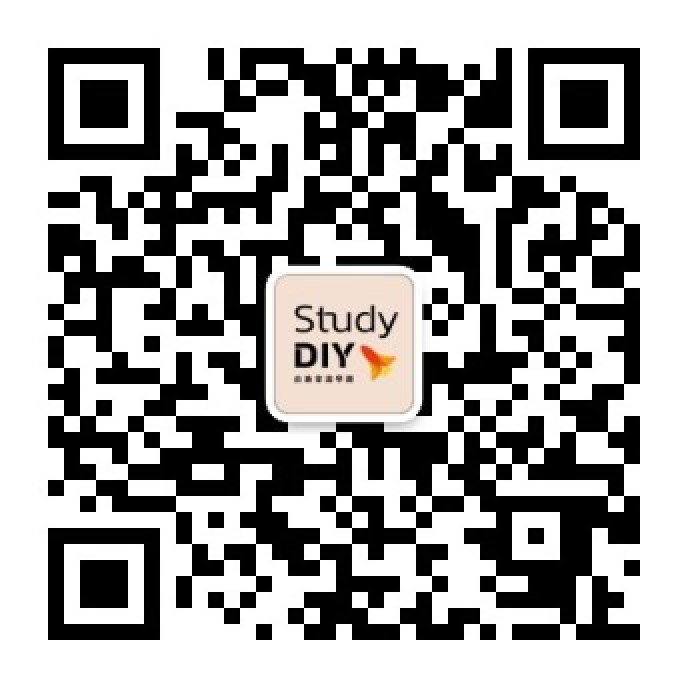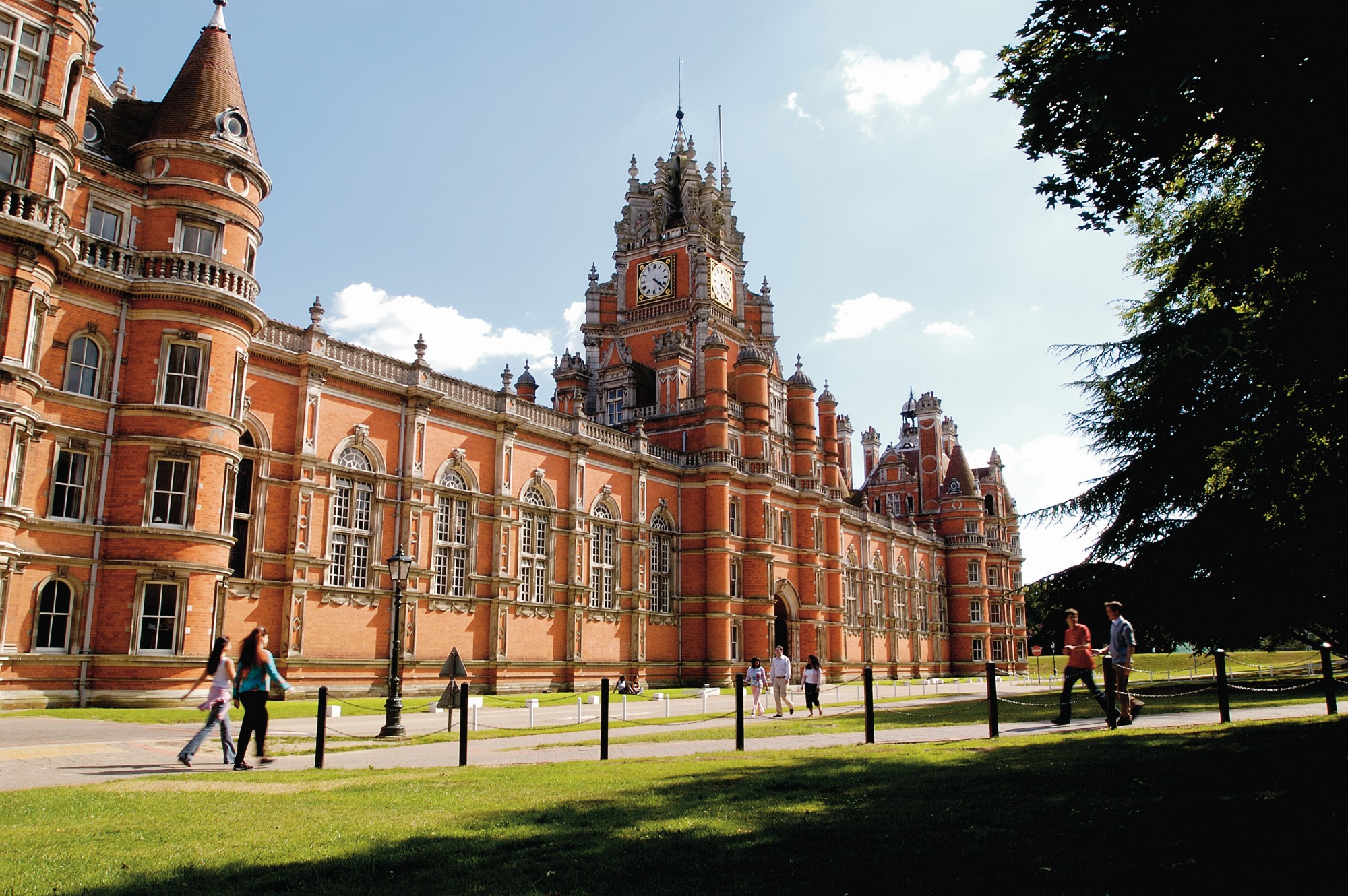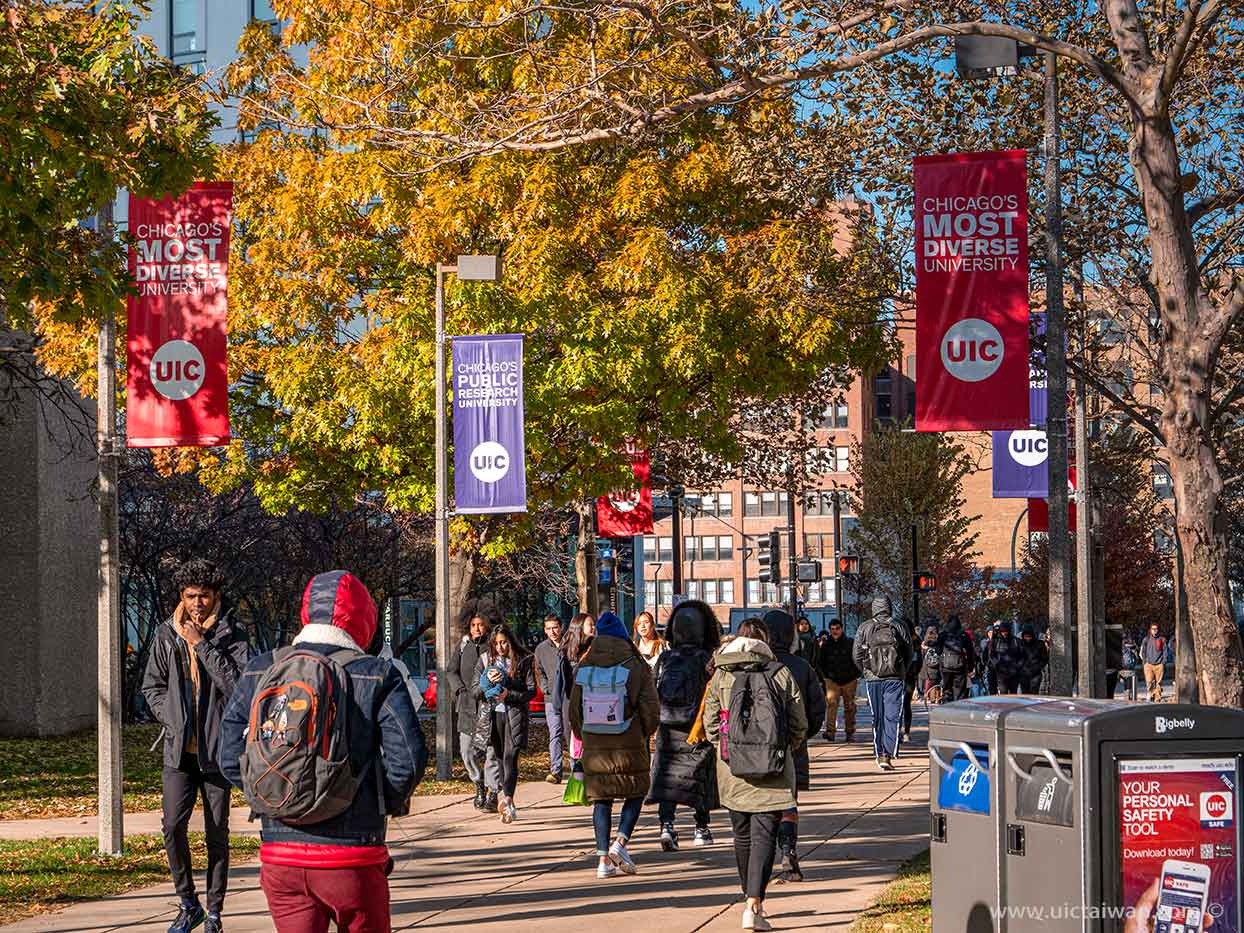To study in the United States, many students aim to work in the U.S. after graduation, or even plan to pave the way for future job opportunities during their study period through internships and part-time jobs. International students can work in the U.S., but it is important to understand the types of work permitted for them. For most international students, the most common options are CPT and OPT. What are the differences between the two? What are the conditions for working with OPT and CPT? Let’s explore these below.
How to Find Work While Studying in the U.S.

International students seeking part-time jobs in the U.S. must first consider their visa status. The student work programs in the U.S. are available to students holding F1 visas, including undergraduates, graduate students, and language school students. The following explanation focuses on F1 visa holders.
F1 visa holders can work on-campus and with school-related organizations, but the jobs are typically part-time and hourly, which may not significantly help in securing a full-time job in the U.S. However, the U.S. offers two internship programs, CPT and OPT, to F1 visa holders, which are essential for those seeking better job opportunities in the U.S.
CPT: Internship Opportunities for Students

CPT, or Curricular Practical Training, is an internship program related to your coursework, meaning the work must be tied to your academic program. CPT internships require approval from the school’s International Students Office, and you must provide proof of employment. Additionally, CPT requires students to have English proficiency equivalent to that of native speakers, which means students enrolled in language schools in the U.S. are not eligible to apply for CPT.
CPT work can be part-time, up to 20 hours per week. Any work over 20 hours is considered full-time, depending on the student’s internship course. However, it is important to note that if a student works full-time under CPT for 12 months, they will no longer be eligible for OPT. Since OPT has a significant impact on post-graduation job opportunities in the U.S., students should be cautious when applying for CPT.
To apply for CPT, international students must first consult with the Designated School Official (DSO), obtain a Social Security Number (SSN), and have them determine eligibility for CPT and assist with the necessary paperwork. Each CPT application is valid for one year and must be completed before graduation. A student can participate in multiple CPTs at the same time.
OPT: Internship Opportunities for Graduates

OPT stands for Optional Practical Training, which is a key step in obtaining a U.S. work visa. To apply for OPT, students need to consult with the DSO, obtain an SSN, and receive approval from both the school and the Department of Homeland Security, highlighting the importance of this process in the U.S.
The work performed under OPT must be related to the student’s field of study, with no restrictions on the job location or hours. OPT is divided into Pre-completion OPT (before graduation) and Post-completion OPT (after graduation), with a combined maximum of 12 months of work. For example, if a student works for 4 months under OPT before graduation, they can only use 8 months of OPT after graduation. Most international students prefer to apply for Post-completion OPT after graduation to allow more time for job hunting in the U.S.
Pre-completion OPT
This is known as Pre-completion OPT. Students can apply after completing one academic year, with part-time work of up to 20 hours per week during the academic year, and full-time work during breaks. Applications for OPT can be submitted up to 90 days before the end of each academic year in preparation for the next year’s work.
Post-completion OPT
This is known as Post-completion OPT. It can be applied for after graduation and can be part-time or full-time. The application must be submitted within 90 days before graduation and 60 days after graduation.
If an international student’s OPT application is approved, they will receive an Employment Authorization Document (EAD), which is required to legally begin working. OPT status cannot be used for employment without the EAD. If switching jobs during the OPT period, students must notify the school and relevant authorities. The gap between jobs cannot exceed 90 days.
Furthermore, if a student transfers to another school or resumes their studies (e.g., moving from undergraduate to graduate school), their OPT will automatically become invalid, and the EAD will be revoked. If a student does not apply for OPT, they must leave the U.S. within 60 days of graduation.
OPT versus CPT: Key Differences
OPT: For work directly related to the student’s major after graduation, with a 12-month limit.
CPT: For work related to the student’s academic program, typically before graduation, with restrictions on the total time allowed.
Two Major Ways to Work While Studying Abroad: A Comparison of CPT and OPT
CPT | OPT | |
Eligibility | ◆ Full-time students who have completed one year of coursework (this does not apply if graduate programs require early internships) ◆ Have obtained training qualifications for the course ◆ The student does not consider English as a second language ◆ A student can participate in multiple CPTs at once | ◆ Full-time students who have completed one year of coursework, including those about to graduate ◆ A student can participate in only one OPT at a time |
Type of Work | ◆ Work related to the course of study ◆ Can be part-time, full-time, unpaid volunteer work, etc. ◆ CPT is part of the curriculum and must be completed before graduation | ◆ Work related to the department ◆ No restrictions on working hours or location |
Future Impact | ◆ Full-time CPT for 12 months will disqualify the student from applying for OPT | ◆ Graduates can use OPT to find work in the U.S. ◆ STEM students can extend OPT for up to 3 years |
OPT has a significant impact on international students’ ability to find work in the U.S. after graduation because students must enter the U.S. with an F1 visa, but holding an F1 visa does not allow long-term work in the U.S. Graduates must apply for an H1B visa in order to work in the U.S.
H1B: Work After Graduation
H1B is a work visa issued by the U.S. for non-immigrant individuals, and it is limited to certain job categories such as engineering, law, accounting, etc. H1B is valid for only three years and can be renewed twice for a total of six years. If a person does not acquire U.S. permanent resident status (green card) before the H1B visa expires, they must leave the U.S. for one year before returning to work with an H1B visa. The H1B visa is granted through a lottery system, conducted once a year. Having OPT increases the chances of being selected in the lottery, and STEM students can stay for three years, which directly triples their chances of winning the lottery.
The U.S. is a global powerhouse, and not only is studying in the U.S. very popular among its citizens, but many people also hope to obtain a green card through their studies. To achieve this goal, CPT and OPT are opportunities provided by the U.S. for international students. After understanding the mechanisms of CPT and OPT, do you feel that your dream of studying in the U.S. is now more attainable?
Now, book a consultation at UP-STUDY Educational Center and start your study abroad plan!



 Study Abroad in Different Countries
Study Abroad in Different Countries Popular Majors
Popular Majors Application Process
Application Process Study abroad exam
Study abroad exam Visa Application
Visa Application Study Abroad Life
Study Abroad Life








 Study in the USA
Study in the USA Study in Australia
Study in Australia Study in the UK
Study in the UK Study in the Netherlands/Ireland
Study in the Netherlands/Ireland Study in Canada
Study in Canada Conditional Admission
Conditional Admission



